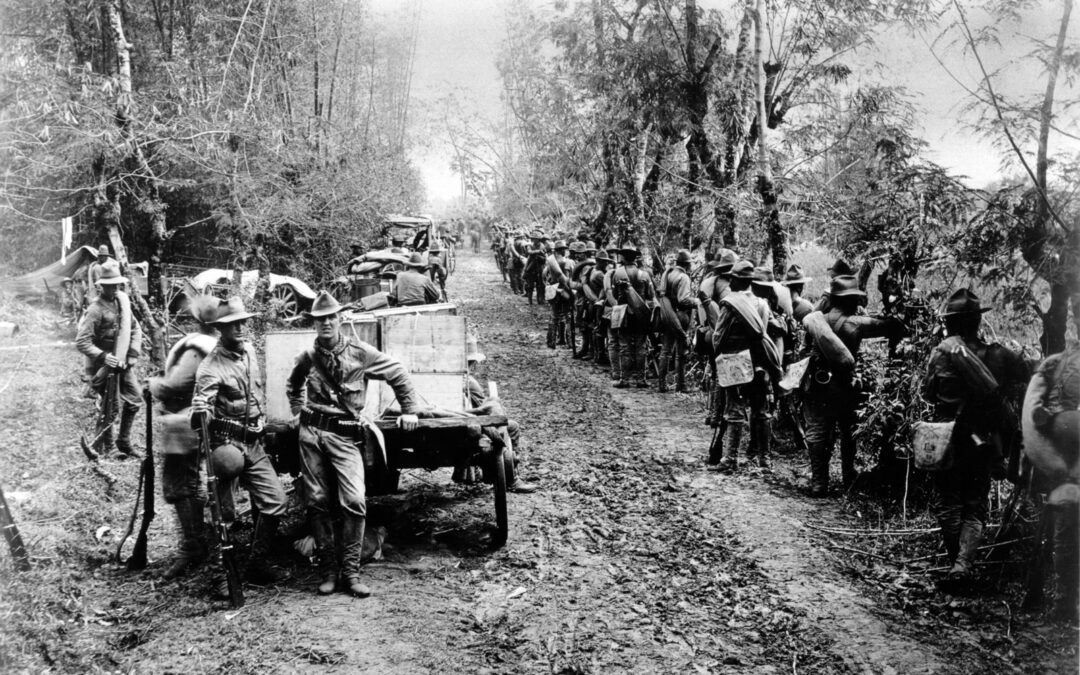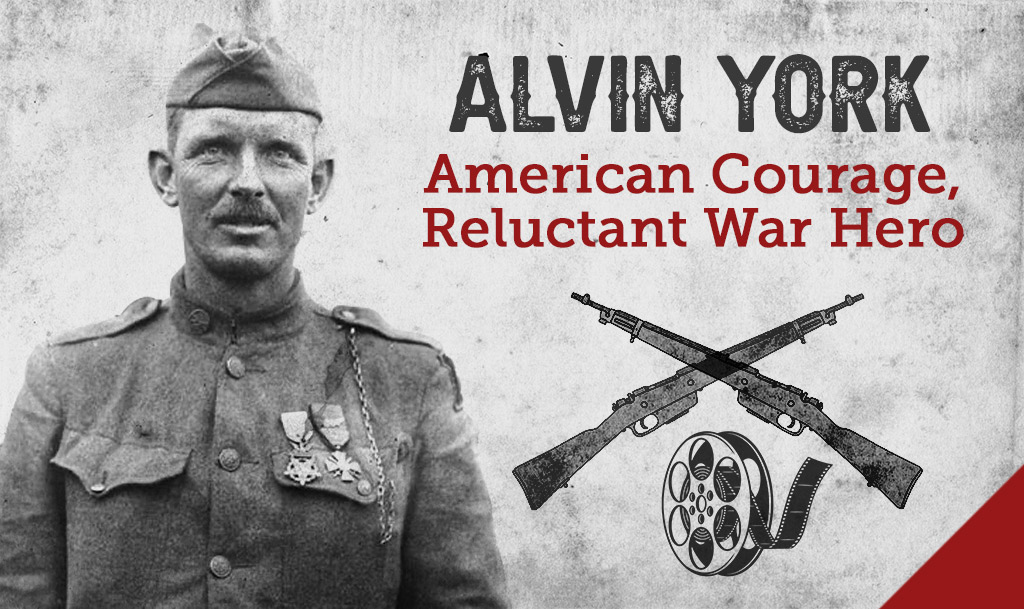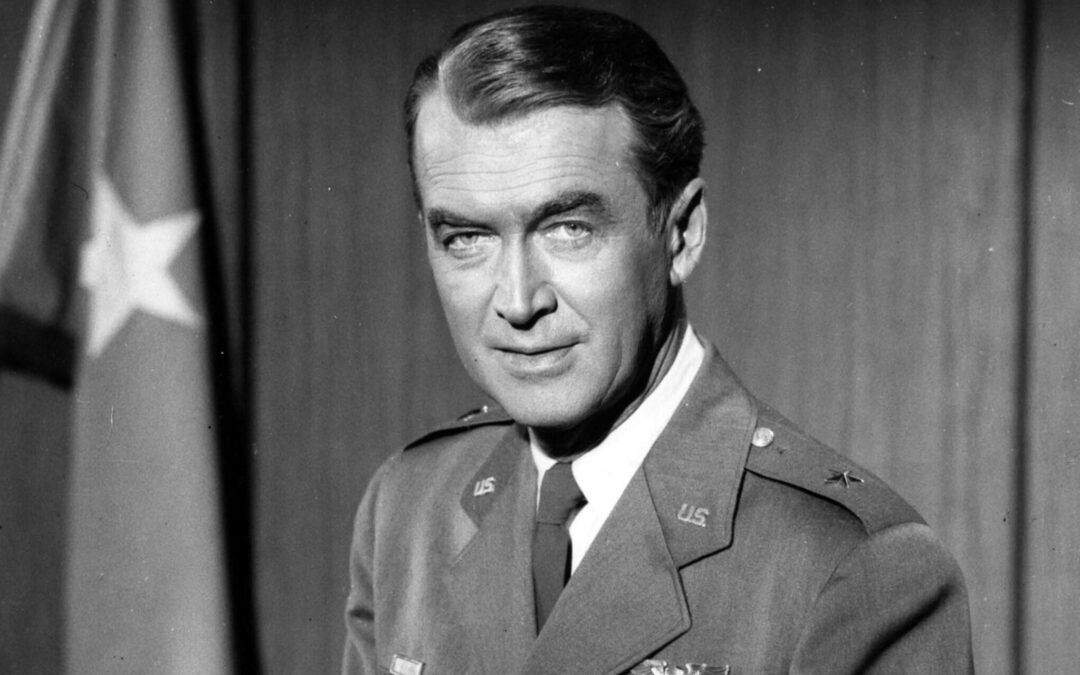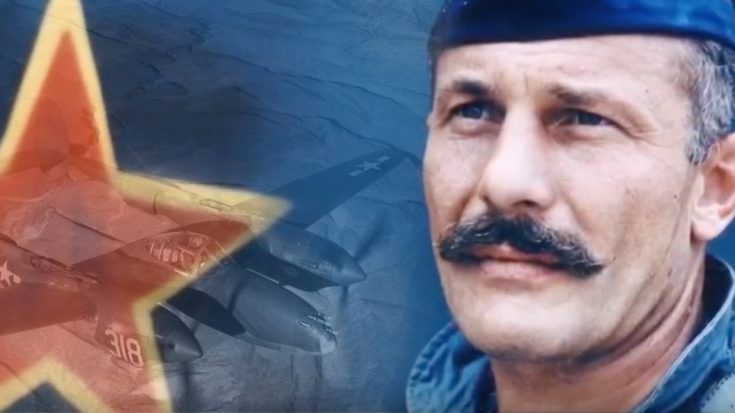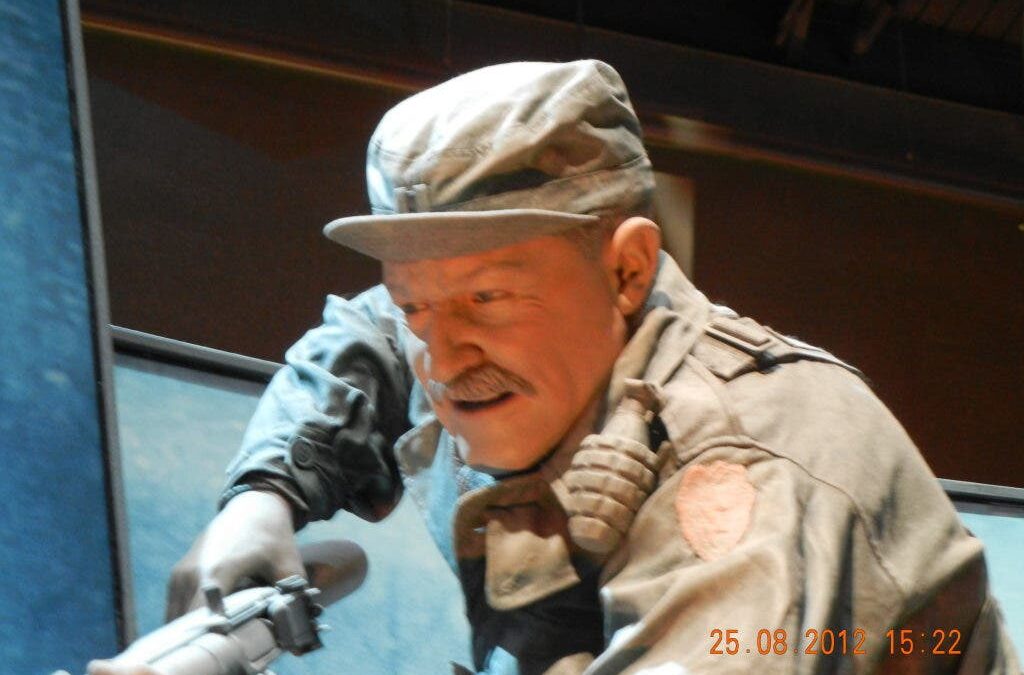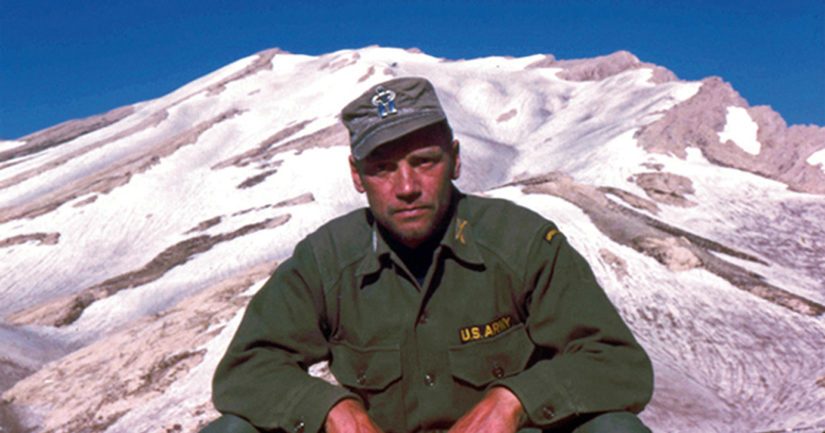It has been estimated that as many as 11,000 women served in Vietnam or in other locations, but over 90% served as nurses. Women Of The Vietnam War served as nurses in evacuation hospitals, MASH units and aboard hospital ships. Others worked in support roles in military information offices, headquarters, service clubs, and various other clerical, medical, and personnel positions. Servicewomen in Vietnam experienced many of the same hardships as their male counterparts and served bravely in dangerous situations. Many were awarded personal citations. Non-military women also served important roles. They provided entertainment and support to the troops through the USO, the American Red Cross, and other humanitarian organizations. Women working as civilian nurses for USAID (US Agency for International Development) participated in one of the most famous humanitarian operations of the war, Operation Babylift, which brought thousands of Vietnamese orphans to the U.S. for...



